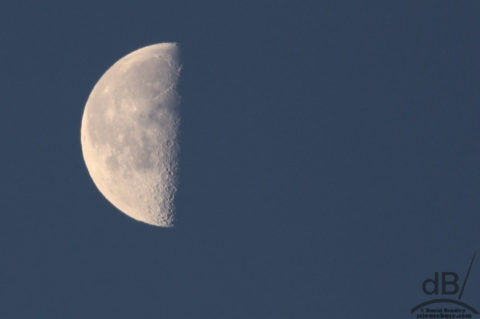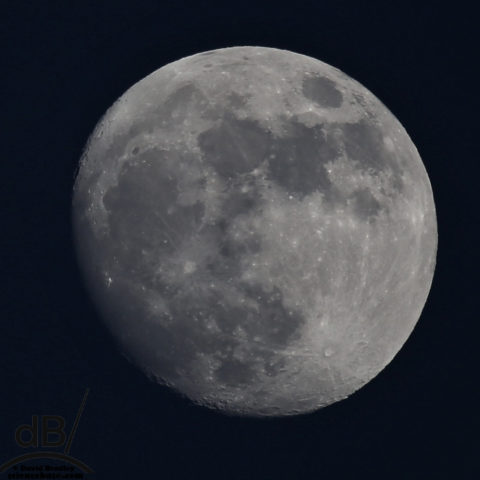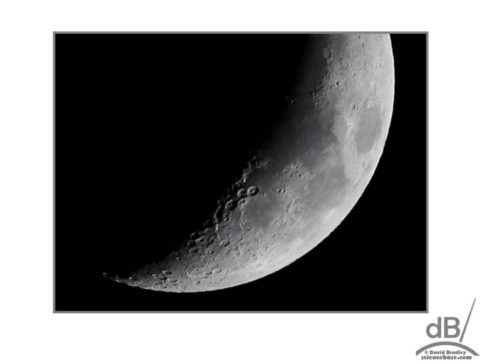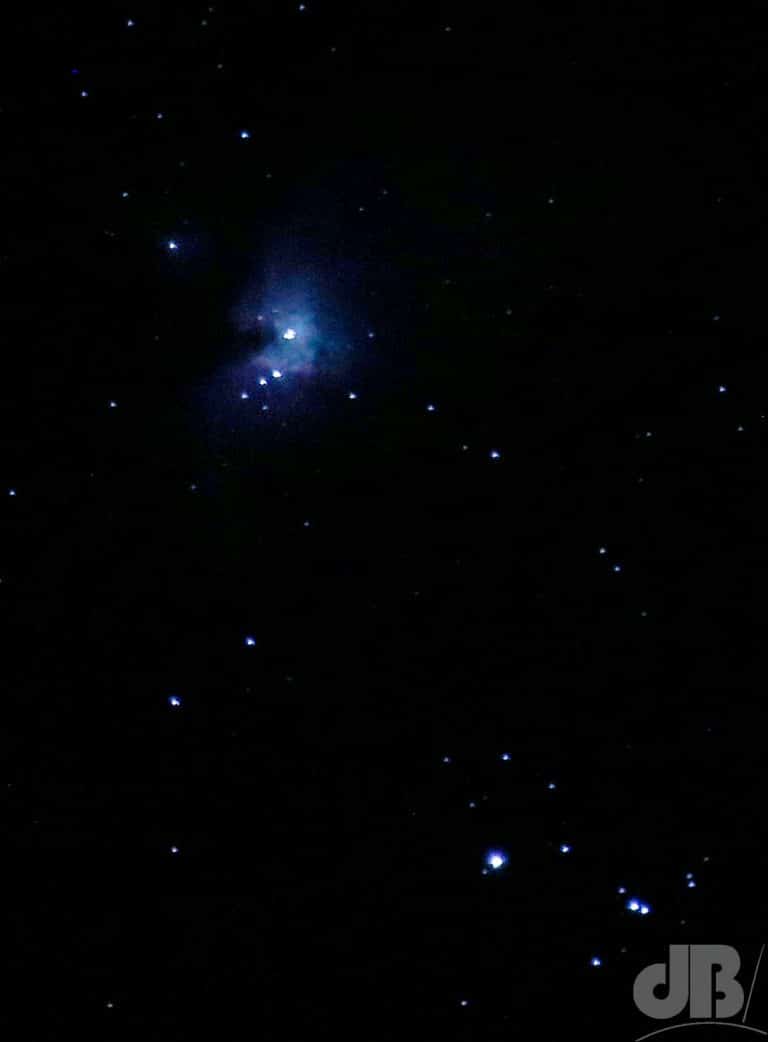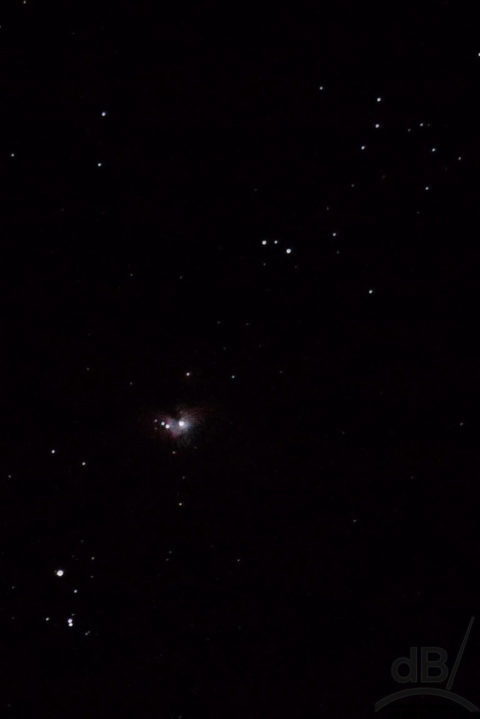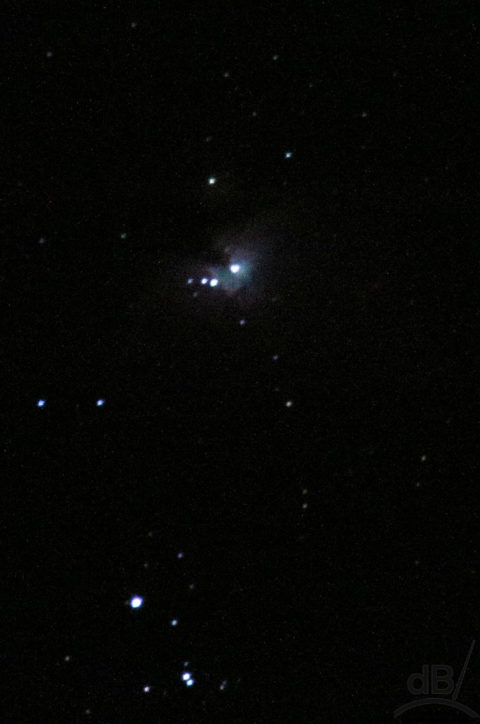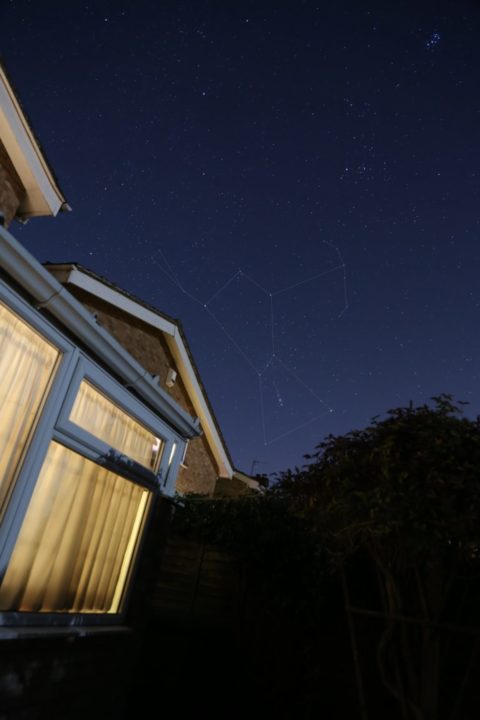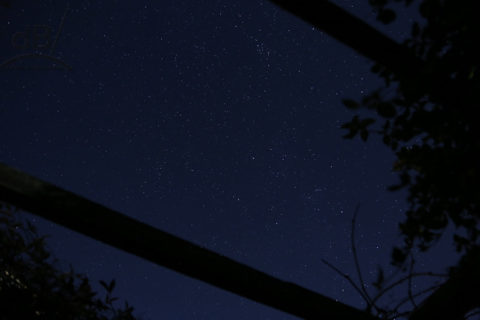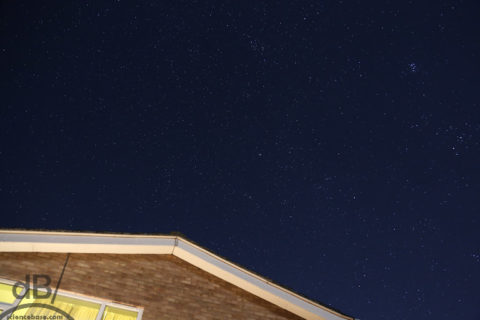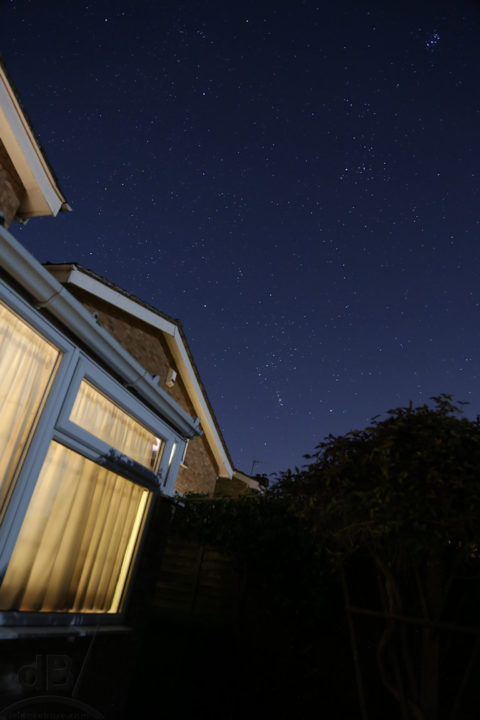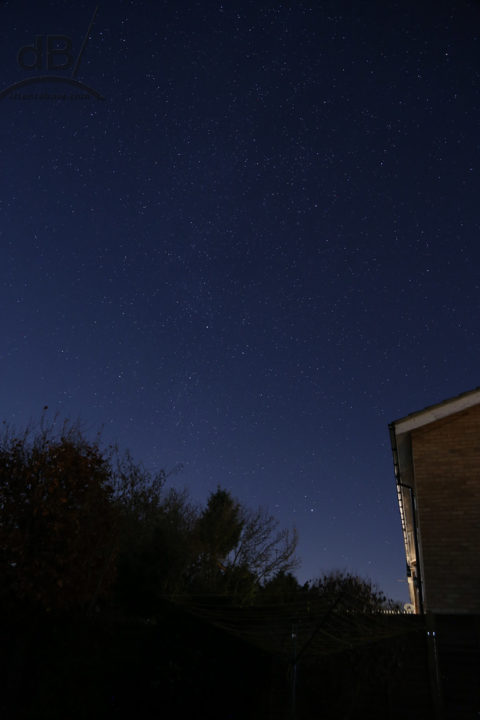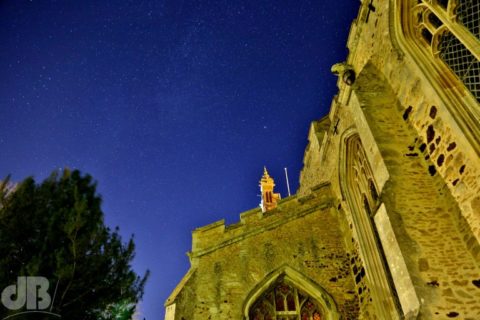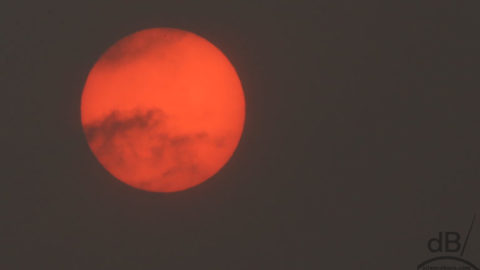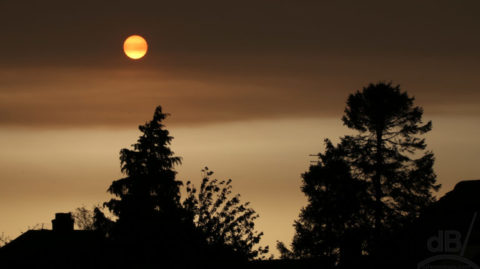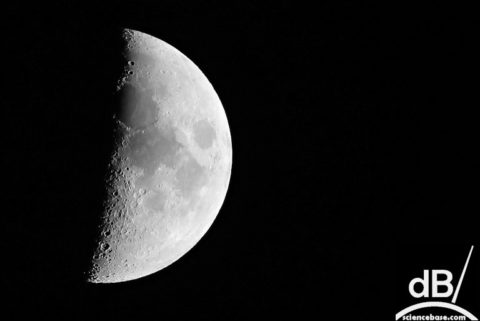If you grew up on space books you will be well aware that Jupiter has a great red spot, it’s an enormous anticyclonic storm that has been raging on the planet for centuries with “wind” speeds of around 600 kilometres per hour. It was first recorded by polymath Robert Hooke (he of the (kyphotic) shoulders on which Newton was to stand) who spotted it in May 1664.
The present great red spot was first properly measured in the nineteenth century and has been monitored continuously ever since. Now, here’s the thing, nothing lasts forever and that includes Jovian hurricanes. It used to be described as four times the size of the Earth in terms of area subtended. However, by the time Voyager 2 hurtled past in 1979 it was just twice the size of the Earth.
NASA’s Juno probe recently showed it to be barely a third bigger than Earth now and astronomers reckon it will have disappeared completely within a decade. As such, they’re going to try and get new detailed measurements with Juno before the great red spot finally disappears up its own pressure differential. Indeed, NASA will deliberately crash Juno into Jupiter rather than risk contaminating the planet’s moons and in particular watery Europa, which may well support life. For the next generation of avid juvenile space fans, those space books will perhaps talk with nostalgia about Jupiter’s great red spot just as one generation laments the loss of Pluto from the list of planets we used to learn…
More about the demise of the great red spot and Jovian weather forecasting here.
